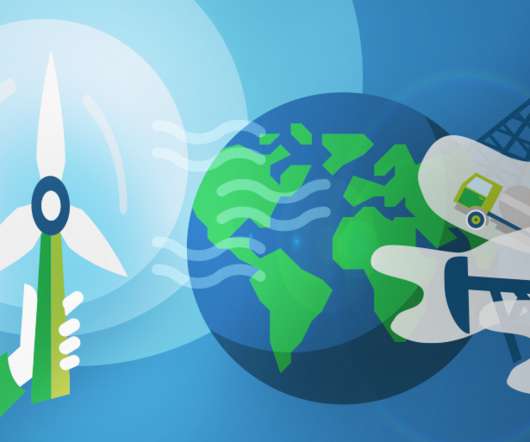Measuring Up?
Supply Chain Shaman
MARCH 28, 2016
The average manufacturing company’s supply chain organization is 15 years old. Historically, the traditional supply chain focused on improving costs. Today, more mature supply chain teams focus on delivering value. To help, in this post, we provide you with some insights for the period of 2006-2015.
















Let's personalize your content